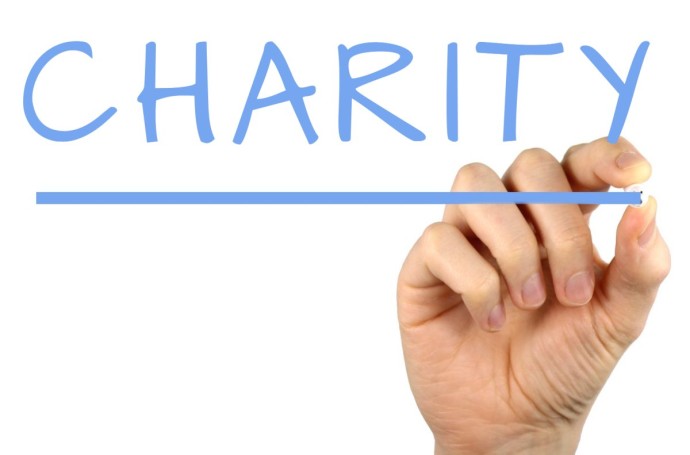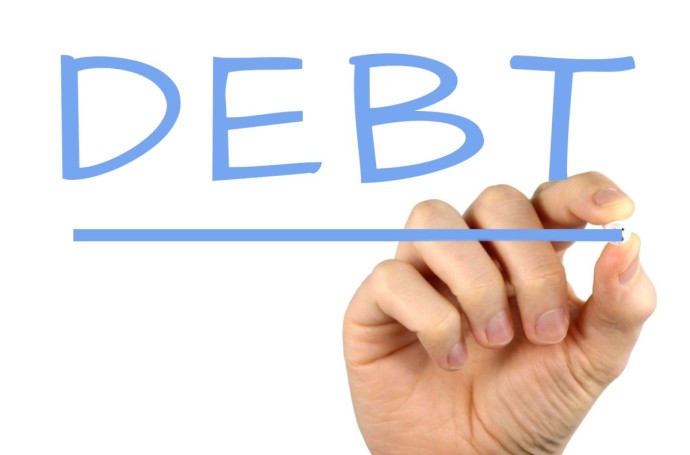
Auctions have been around almost as long as mankind. The earliest auction sales can be traced back to 500 B.C. when early civilizations sold goods to the highest bidder. But today, with the advent of the digital era, we are increasingly taking auctions online, drastically widening the pool of potential buyers.
Over the centuries, we have refined and streamlined the auction process. Today, there are several types of auction available online, each with their own specific benefits both to the buyer and the seller. For more information on online auctions and to sell your own used equipment, visit: www.equifyauctions.com/
Absolute Auction
An absolute auction sometimes called an English auction, is the most common type of auction that takes place online. It is exactly as you would expect, with no twists or frills.
A reserve price is often fixed for the goods up for sale. This is the lowest price the seller will accept and is where the auctioneer begins the bidding. Then the prospective buyers bid larger and larger amounts.
The product goes to the bidder who bid the highest amount. This buyer pays the amount they bid, and the product is then sent to them, or they can arrange to pick it up themselves. This is one of the most popular auction methods because of its simplicity. Every bidder knows what they will pay because it is the amount they bid.
Sealed-Bid First Price Auction
In this format, all bidders bid simultaneously on the product, however, their bid amounts are not publicly disclosed. This means it is not always apparent what the top bid is. Once the allotted time for the auction has ended, the bidder with the highest bid wins the auction and pays the amount they pledged.
Sealed-Bid Second Price Auction
This is similar to the format used by eBay and other online auction sites. It is similar to the sealed-bid first price auction in the sense that everyone bids simultaneously on the product and nobody knows the exact amount of the highest bid.
Except, in the sealed-bid second price auction, the highest bidder that wins the auction, does not pay the amount of their highest bid, they pay the amount of the second-highest bid. This removes the element of “winner’s curse” when the winner placed a bid far higher than the second-highest bid and is then forced to pay more for the product than they perhaps needed to.
Dutch Auction
A Dutch auction functions somewhat like an auction in reverse. Instead of starting low and having prospective buyers make larger and larger bids, the auctioneer starts with a very high price for the goods and subsequently brings it down until the buyers are willing to pay the pre-determined amount.
This format favours the sellers as they know they received the highest price available for their product on that day with those group of buyers.
These four types of auctions can be found online and in operation across the world. Which one is best for you will depend largely on your product and the nature of the sale.


